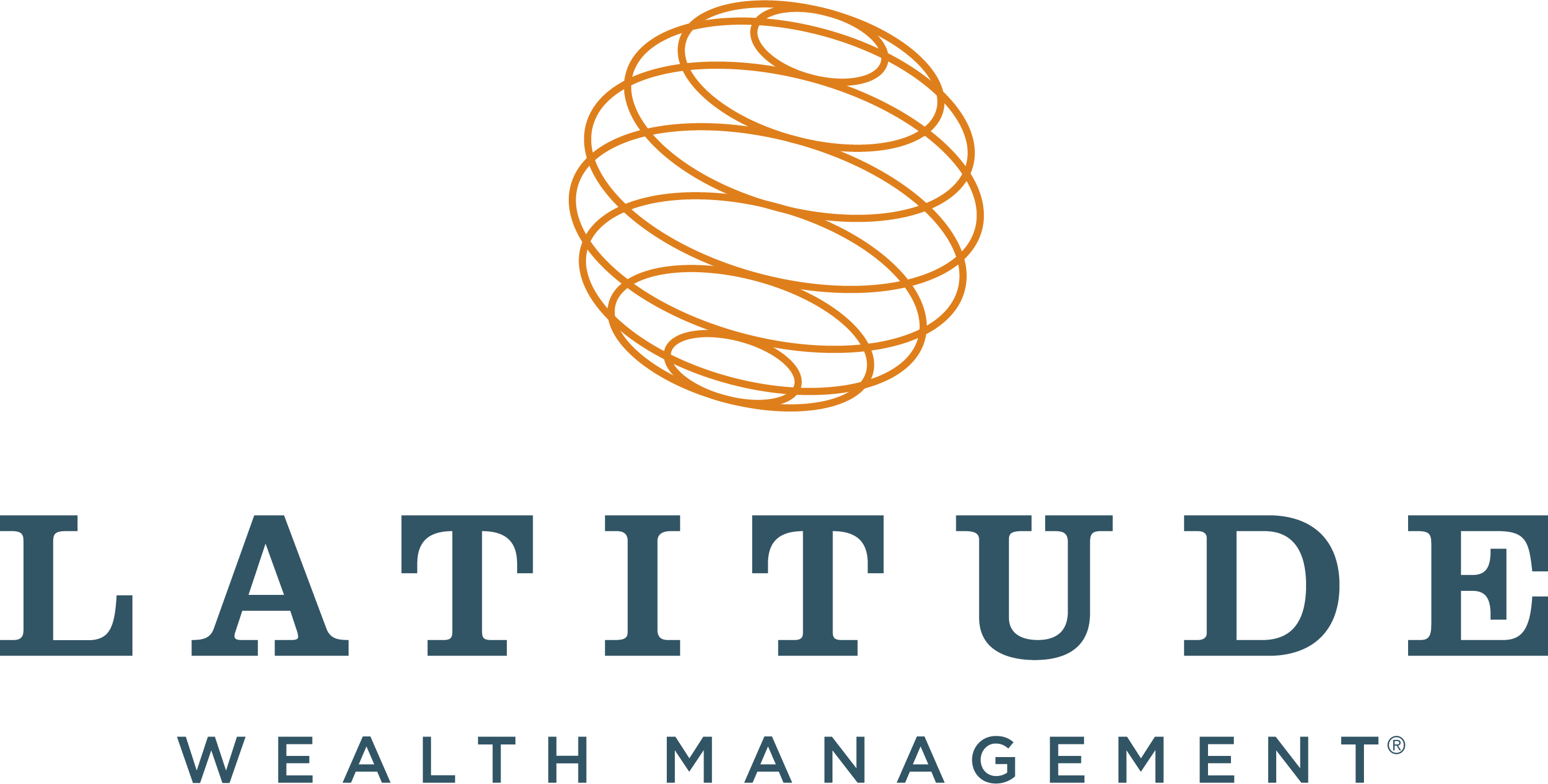Published by Jessica Golson
This deep into one of the longest bull markets in recorded history, some investors are beginning to ask how much longer this will last and what should they do. Well, I’m not going to answer that question or make market predictions, but I will go over an essential step in the investment management process – how to manage emotional investing.
The traditional steps to portfolio allocation seek to manage investor emotions by measuring the acceptable level of risk the investor is willing to take. Once a level of risk is identified, the portfolio is built to provide the best risk adjusted return. This is a successful approach when the level of risk targeted remains unchanged. As the saying goes “the only constant is change” and for investors, views on risk may fluctuate frequently. Willingness to accept risk tends to decrease when market volatility rises. In periods of low volatility like we are experiencing now, investors need to be careful not to discount their ability to accept losses.
Situations that create a meaningful change to your financial situation (Think inheritance or unexpected illness) are legitimate reasons to reevaluate how risk fits into your financial plan. A lot of the time, however, changes in risk tolerance stem from noise. We hear things on the news about the market and economy that whether intentional or not cause us to form an opinion of what the future holds and how we should react. The media loves to report when the S&P hits a record intra-day high, and why wouldn’t they, that’s good noise. The truth is, it has hit a record intra-day high 38 times already this year*! It’s natural to think that this may be some sort of call-to-action, but giving into those emotions can be costly and damaging to your overall goal.
Here are three ways to avoid making unnecessary changes to risk targets:
-
Communicate
While building a portfolio of investment strategies be honest with yourself and your advisor about objectives and concerns. This may require critical thinking around what your actual risk level should be. Avoid taking on too much risk just because the market is doing well and the returns are appealing. Talk with your advisor about your concerns when you can’t decipher what the media is saying.
-
Understand the Process
There are many ways to allocate and there are a variety of investment strategies designed to get investors to their goal so it’s important to understand the method used in your portfolio. At Carson Group Partners, we focus on making the complex simple and want investors to be confident in how their assets are invested. Knowledge of the process prevents changes to the portfolio allocation at inopportune times.
-
Be Proud of Yourself
This is actually a result of the first two actions. A relationship with your advisor founded on trust and understanding the plan created for you is something to be proud of. You have chosen to work with a team of professionals whose mission is to help you succeed and be fully transparent in the process. A team of investment professionals is monitoring the market environment and making decisions so you don’t need to. You have taken the appropriate steps to design your wealth allowing you to live life as you define it.
With these three steps, you can think about how you manage emotional investing and leave the investment management process to your trusted professionals. If you have any questions, contact your Wealth Advisor.
* https://www.cnbc.com/2017/09/29/the-market-is-at-a-record-high-but-thats-not-whats-notable.html


